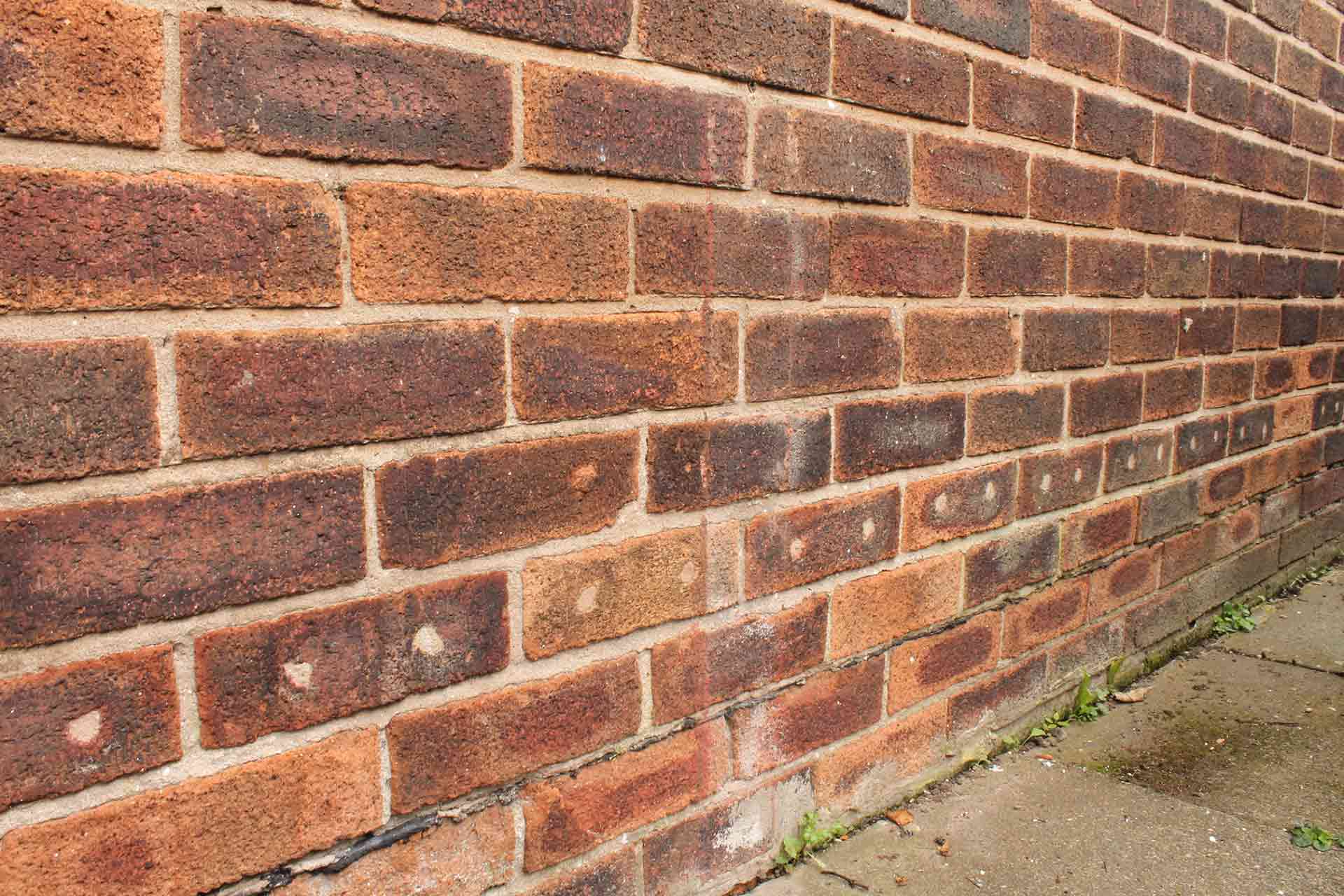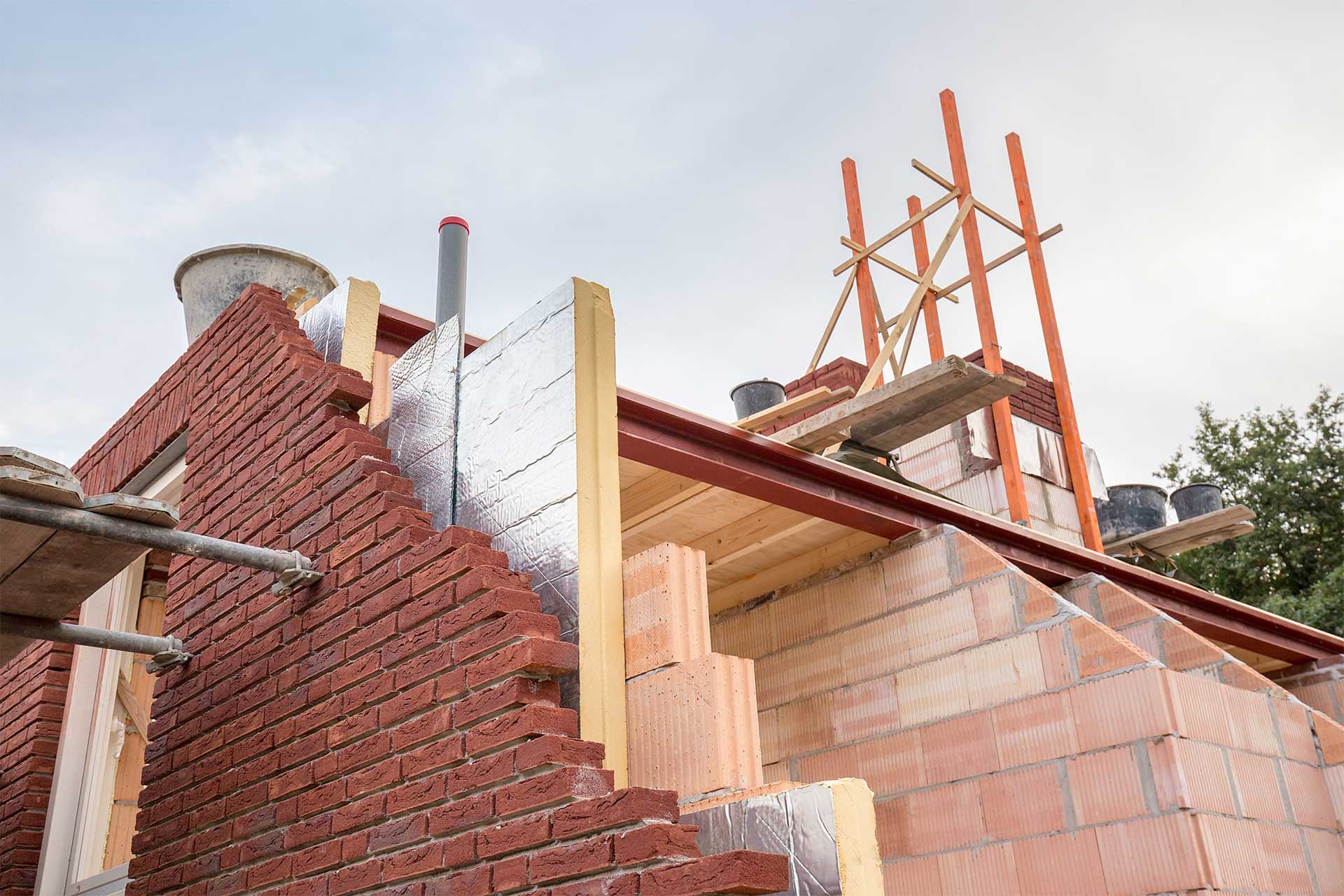Blog>Expert Advice>Common cavity wall insulation problems and how to fix them
Last updated: 22 November 2024
Common cavity wall insulation problems and how to fix them
Suspect you've got a problem with your cavity wall insulation? Discover common issues, warning signs and fixes in this detailed guide.
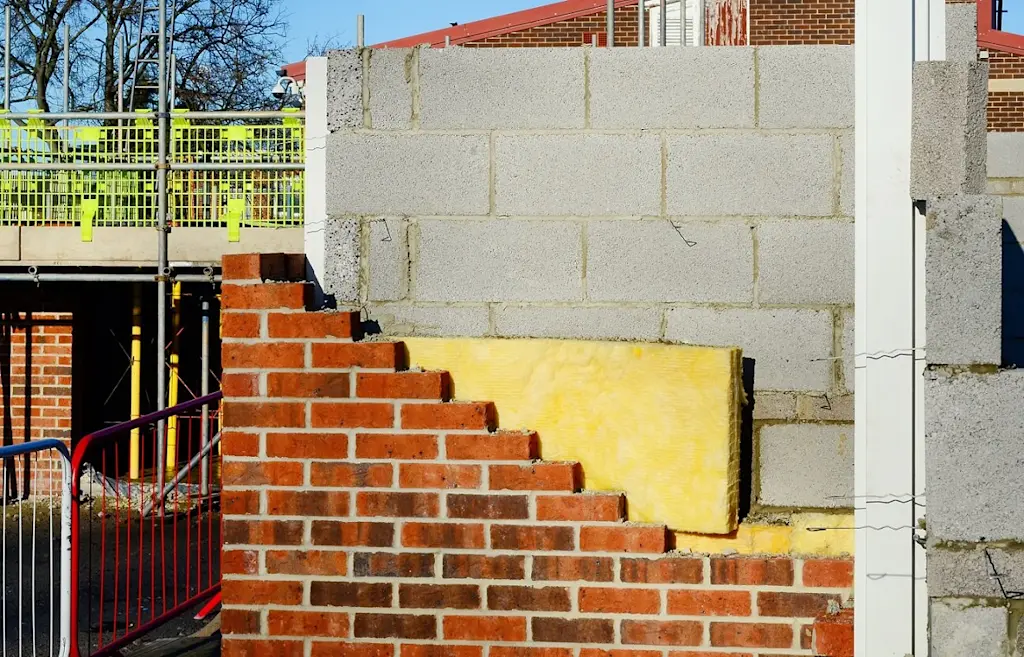
Have you invested in cavity wall insulation only to find it’s not doing its job and it’s showing signs of damp and cold spots? It’s a frustrating situation many UK homeowners face.
Here, we explore common cavity wall insulation problems – and how a professional can help.
But first, what are the benefits of cavity wall insulation when professionally installed?
Benefits of cavity wall insulation
More heat is lost through a home’s walls than any other part of a building. That’s why cavity wall insulation is a cost-effective solution for homes built post-1920, which most likely have cavity walls.
When professionally installed, cavity wall insulation can provide huge benefits for homes for many years to come, including:
Energy efficiency – Saving you money on your energy bills (you're also doing your bit for the environment)
A warmer home – A third of all heat is lost through your walls, so insulation will help to stop this
Quick and easy to install – The process of installing cavity wall insulation is relatively disruption-free
However, problems arise further down the line if it’s poorly installed.
Often, it’s only when structural cracks and dampness start to appear that you realise there’s a problem. More on that next.
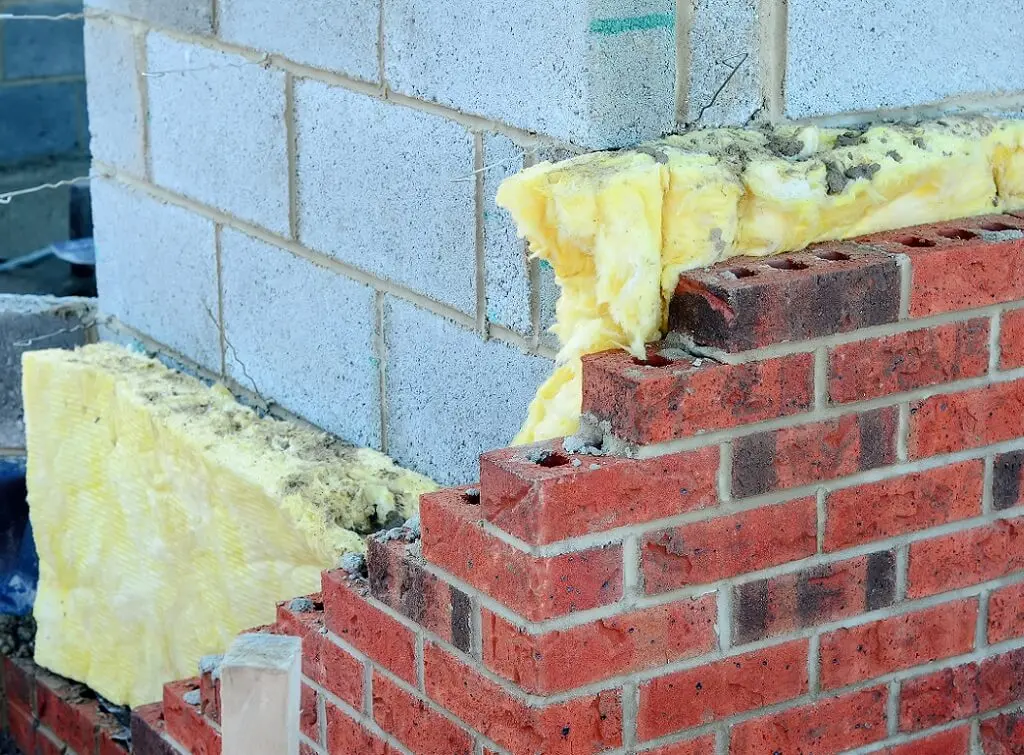
When cavity wall insulation goes wrong
Lack of surveys to assess a home’s suitability and poor installation are often to blame for failed cavity wall insulation.
For instance, a home may have been unsuitable for cavity wall insulation in the first place. This happens when homes without the correct space between the two masonry walls have cavity wall insulation wrongly fitted. More on that later.
Another issue occurs when the materials used to fill the walls deteriorate if they aren’t appropriately filled.
But whatever the cause, the writing is quite literally on the wall when it comes to looking out for signs of failing cavity wall insulation:
Dampness or mould on walls
Cold spots in rooms
Increased energy bills despite insulation
Cracks on exterior walls
Sometimes it's simply a case that it's time for a replacement. Generally speaking, wall cavity insulation has a shelf life of 25 to 40 years.
So, what can be done about it? That’s up next.

Most common cavity wall issues and solutions
To help you troubleshoot what the problem could be, we've listed below some of the most common issues experienced by UK homeowners and suggested solutions.
Damp and moisture issues
Signs:
Mould and damp patches are all signs of moisture issues within the cavity wall insulation.
Causes:
Poorly installed or unsuitable insulation can trap moisture within walls or allow water to track across the cavity insulation.
This can happen when mineral fibre (such as in loft spaces) is used in cavities under 50mm, as there is a risk of it becoming patchy.
Another reason for damp is that the external wall didn’t have an appropriate weatherproofing finish. This is especially important for homes in high-rainfall areas (like the UK!).
Solutions:
First and foremost, an insulation specialist will need to inspect the insulation. The tradesperson drills holes into the outside brickwork and uses an optical probe to inspect the suspect areas.
However, if this doesn’t work, they may need to remove a few bricks and pull out some of the insulation to inspect it.
If dampness has penetrated the cavity wall insulation, the best option might be to remove the damaged insulation and start again with the help of a professional.
Cold spots
Signs:
You’ll easily feel a cold spot inside your home by running your hands along the walls.
Causes:
Unfortunately, cold spots are often caused by an uneven distribution of insulation. It can sometimes also be caused by a vermin infestation inside the cavity walls, damaging the insulation.
Solutions:
Fingers crossed, this could be a fairly straightforward fix. Following an assessment, a professional can add or redistribute insulation material where needed to fill in any gaps in the insulation.
However, removing and reinstalling all the insulation might be more cost-effective if it’s turning into a bigger job than you thought.
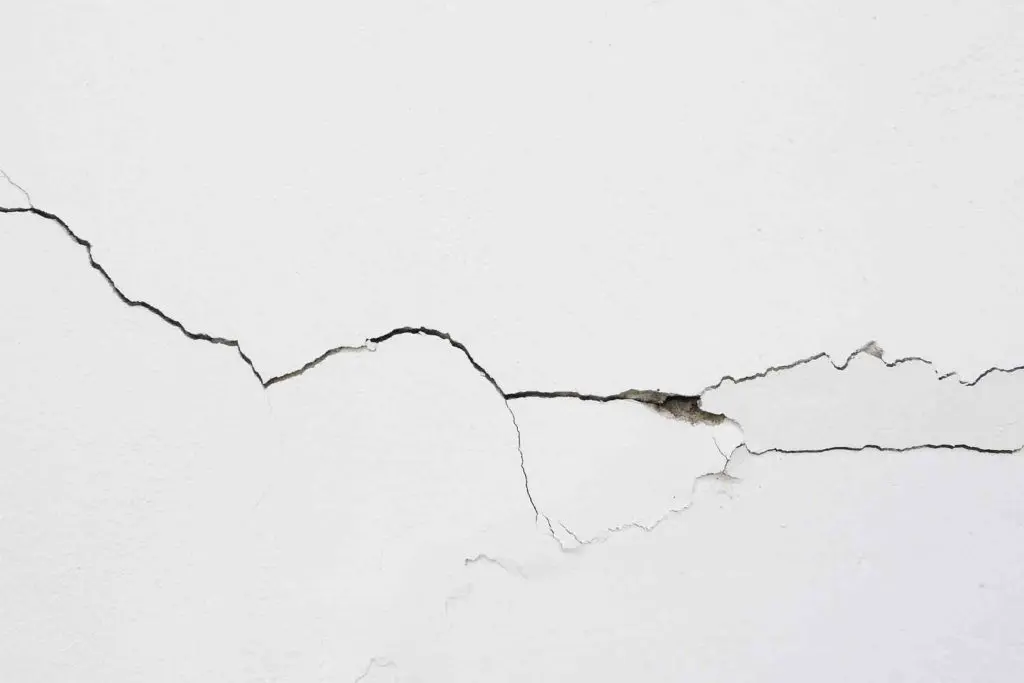
Structural damage and cracking
Signs:
A few hairline cracks on the outside render or brickwork are to be expected in any home.
But if you’ve noticed larger cracks forming on the outside or inside walls, you’ll want to get this sorted quickly.
Causes:
While foam materials have excellent insulating qualities, they can expand over time. This puts pressure on walls and causes structural damage.
Older properties with less robust building materials, such as timber-framed or historic brick homes, are particularly vulnerable to this.
Damp and moisture in the walls can also lead to cracks forming.
Solutions:
A professional can help with wall repairs to restore the structural integrity of your home’s exteriors or interiors.
However, if the cracks are significant and widespread across the surfaces, the insulation might need to be removed and replaced to avoid further damage.
Increased energy bills
Signs:
A hike in your energy bills could indicate that your cavity wall insulation is no longer effective and needs to be replaced.
In older properties, for example, it might just be a case of wear and tear, and it’s time for an update.
Causes:
Your faulty cavity wall insulation is no longer doing its job, attracting moisture rather than repelling it.
This means it’s reducing your home’s energy efficiency and hiking up your bills.
Solutions:
If you're looking at fully replacing the cavity wall insulation, a specialist can remove any existing insulation using a vacuum system.
Next, they’ll need to inspect the walls and inside the cavity for any damage. Any fixes will need to be made before the new insulation is installed at the correct density.
While forking out for new insulation is far from ideal, efficiently working insulation could save you money on your bills in the long run.
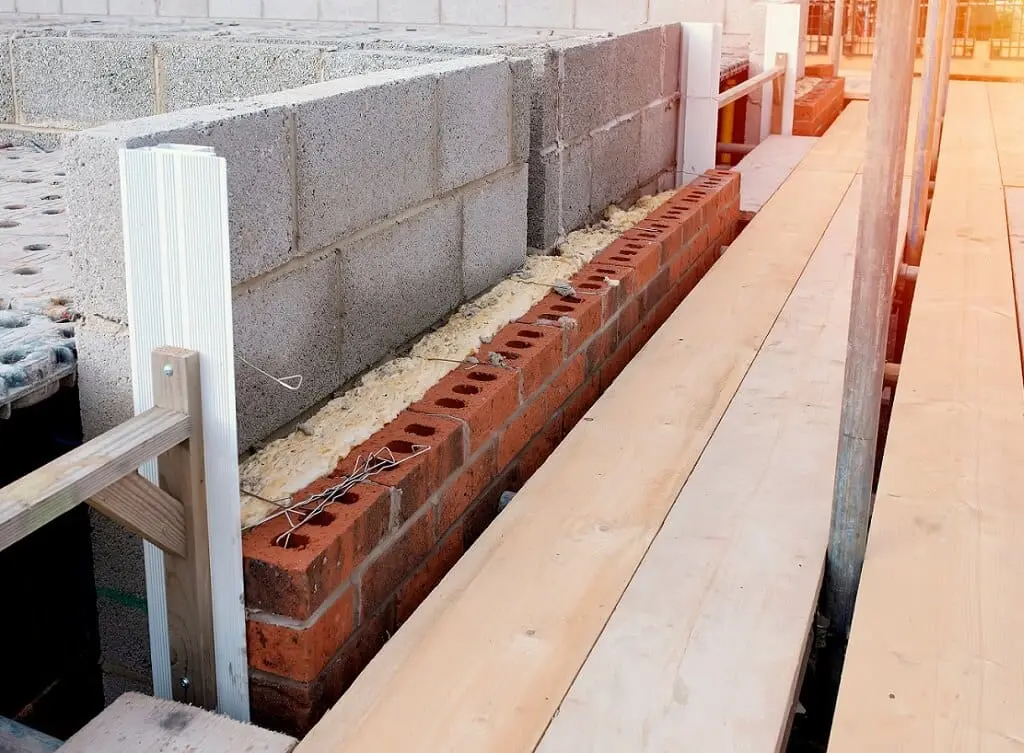
How much does cavity wall insulation removal and replacement cost?
On average, cavity wall insulation removal costs are around £1,680 for a typical semi-detached home.
However, it could go up to as much as £2,520 for a typical detached property (where more insulation must be removed).
The cost of replacing the insulation depends on the size of your home and the type of insulation material recommended.
But, to give you a general steer, expect to pay around:
£1,800 to insulate a mid-terrace house
£2,700 for a semi-detached property
£4,600 for a detached house
Check out our cavity wall insulation cost guide and cavity wall insulation removal cost guide for more information.
Top tip – If you have to start the installation again, the government may offer a grant to help offset the work cost. You may even be eligible for free insulation if you’re on benefits, tax credits, or over 70. You can search for a variety of grants online. Eligibility rules will vary.
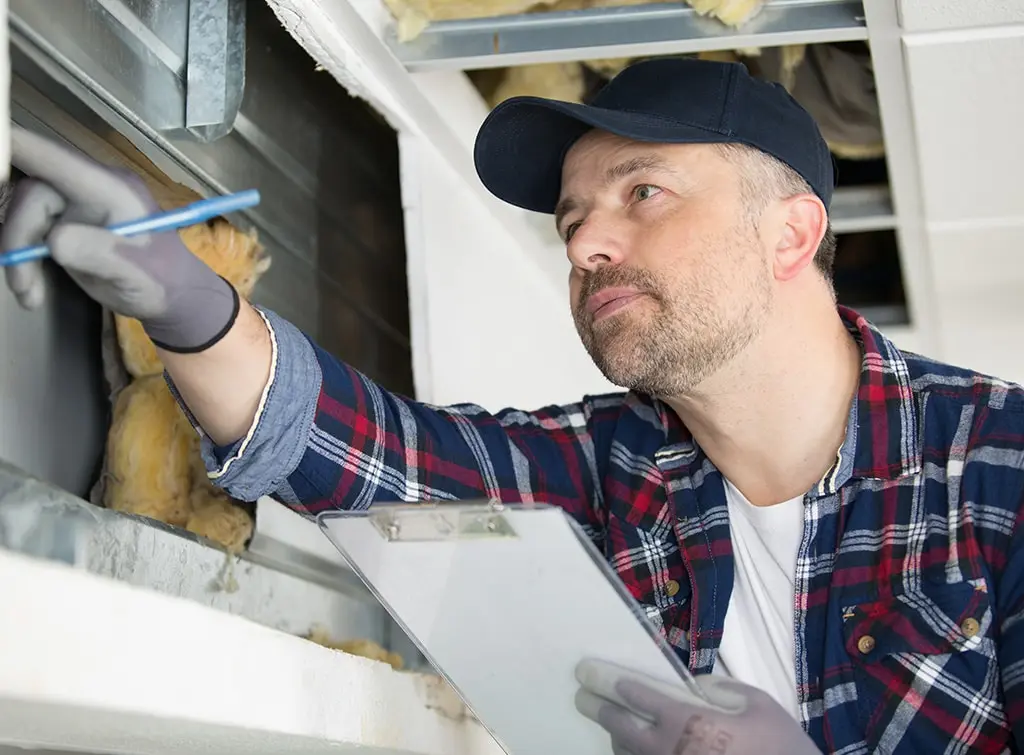
Finding a professional to help with cavity wall insulation problems
If you’re experiencing problems with your cavity wall insulation, you’ll need an insulation specialist to inspect the inside of the cavity.
Here are three simple ways to help search for an experienced professional in your area:
Use a professional directory
Save time by using our professional directory (like Checkatrade!).
We're so confident in the quality of the trades on Checkatrade that if you book through us, we guarantee their work up to £1,000. Guaranteed for 12 months – Eligibility criteria and T&Cs apply.
Contact or pay a trade through Checkatrade and you’re covered by our 12-month guarantee of up to £1,000*

Read online reviews
A review from a previous customer is one of the best ways to check a tradesperson's professionalism and the quality of their work.
At Checkatrade, we check all online reviews to ensure they're from real people and that trades meet our high standards.

We check the reviews on Checkatrade are from real people, and that trades meet our high standards.
Compare quotes
Get at least three quotes from insulation specialists. That way, you can be sure you're getting the best tradesperson and price for the job.
Search your postcode now to get started.
See the tradespeople we've checked and recommend for your job
Cavity wall insulation problems: key takeaways
Always start any cavity wall insulation or repair job with a thorough survey
Address any existing damp or structural issues before refilling the cavity
Always hire certified installers who comply with UK building regulations and use approved materials
Cavity wall insulation removal costs are around £1,680 for a typical semi-detached home
Frequently asked questions
How do I know if my home has cavity wall insulation?
Check your brickwork for drill holes. Small, evenly spaced, filled-in holes indicate that cavity wall insulation has been installed.
Is cavity wall insulation bad in the UK?
No. It’s only a problem if inexperienced tradespeople apply the insulation incorrectly without a full survey.
Why is my house so cold, even with cavity wall insulation?
Unfortunately, the cavity insulation might not have been correctly installed. The only way to find out is to get an expert to inspect the job.
What’s the shelf life of cavity wall insulation?
Generally speaking, wall cavity insulation has a shelf life of 25 to 40 years before you need to replace it. Consider taking out an independent 25-year guarantee for cavity wall insulation for added peace of mind.
More Expert Advice Articles
More Cavity Wall Insulation Articles
See the tradespeople we've checked and recommend for your job



